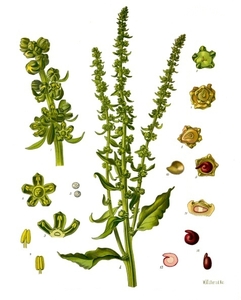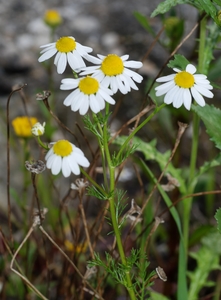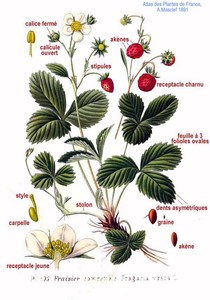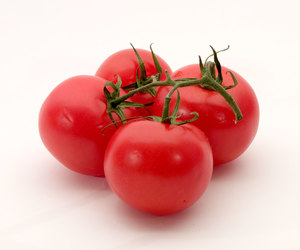Description
Easy to grow vegetable that grow from a bulb. Edible parts are used for cooking. Exists in many varieties. Grows well in any fertile, well-drained soil at a sunny spot. Is started from seeds or sets (immature bulbs). Has a long growing period.
Varieties
This plant has no varieties yet.
Add a variety






